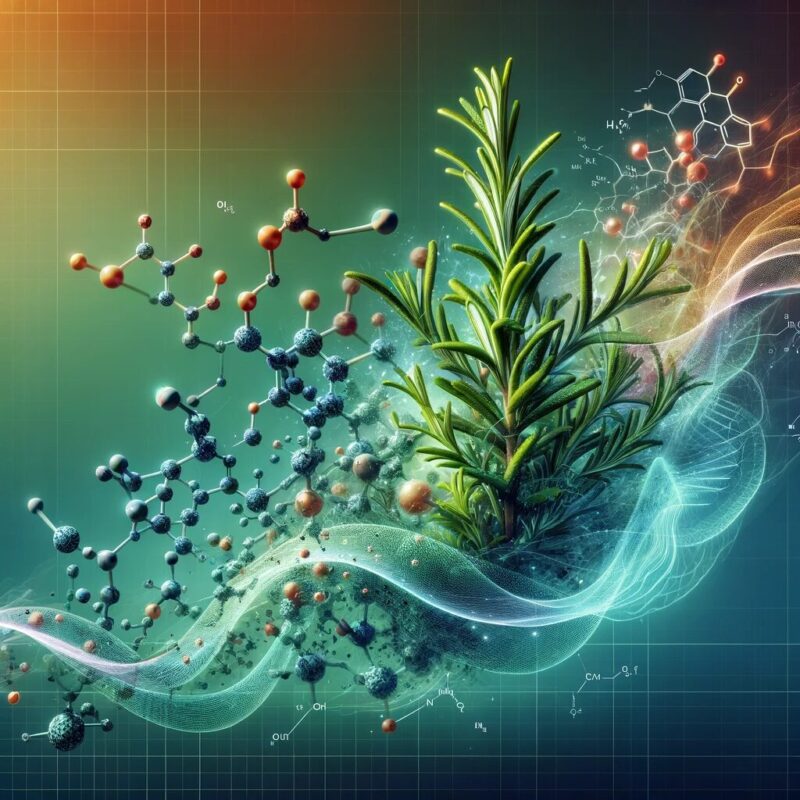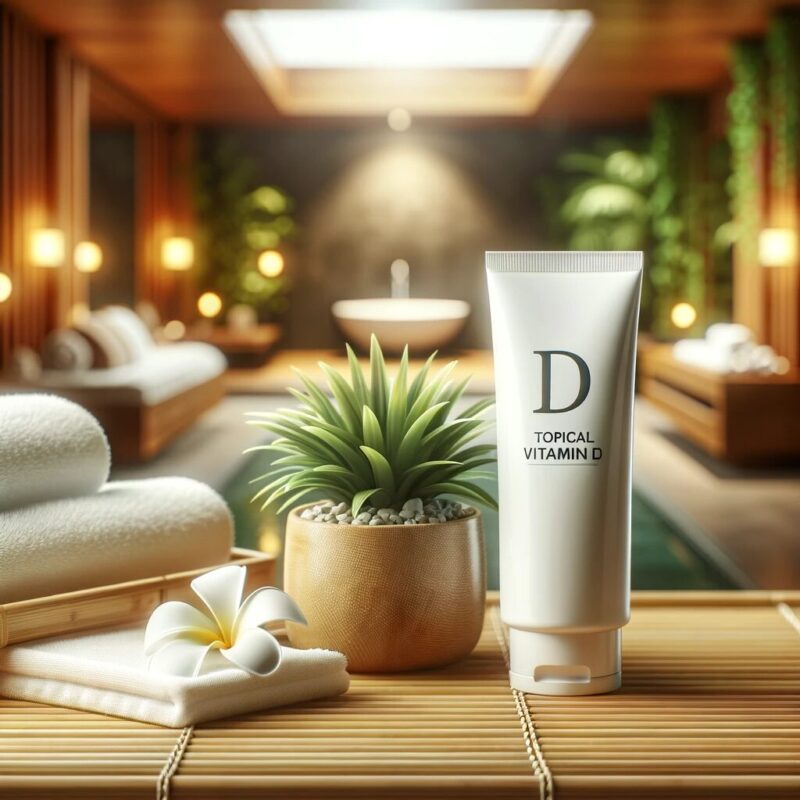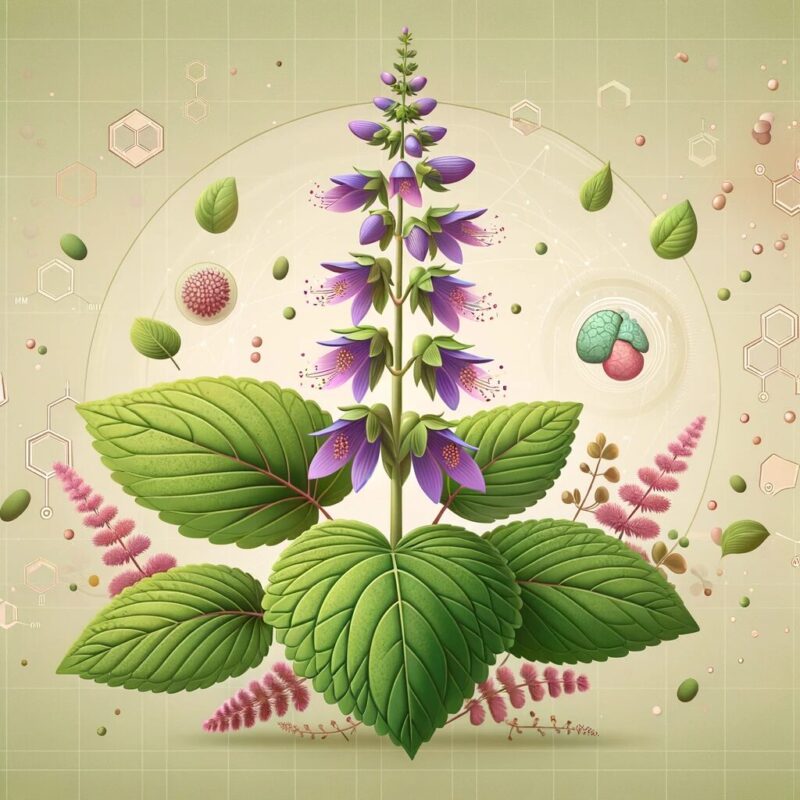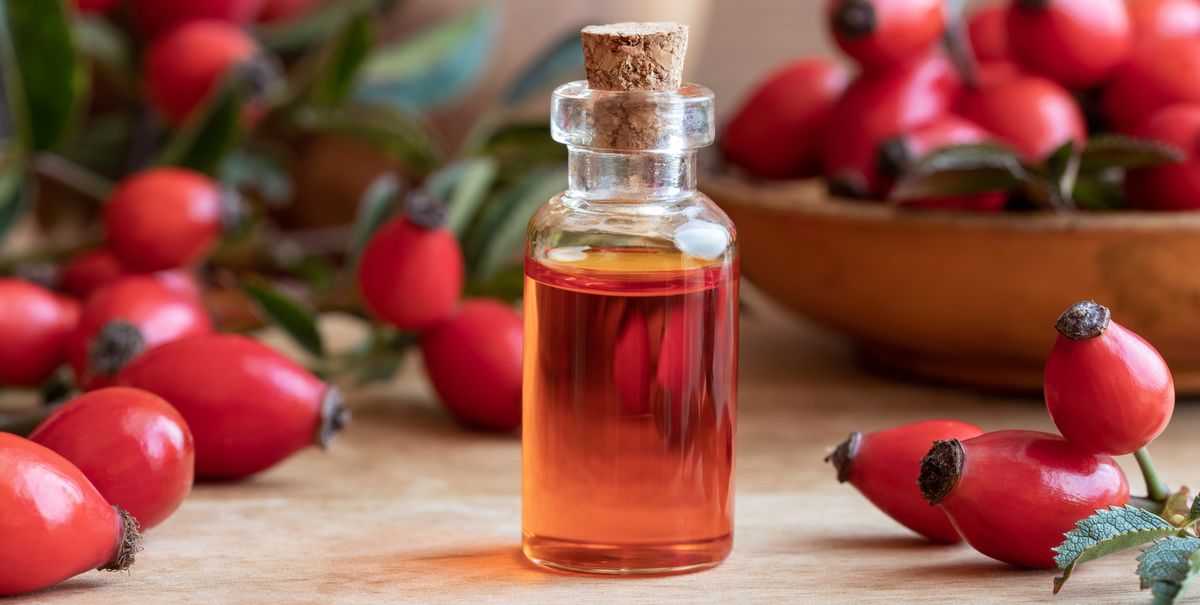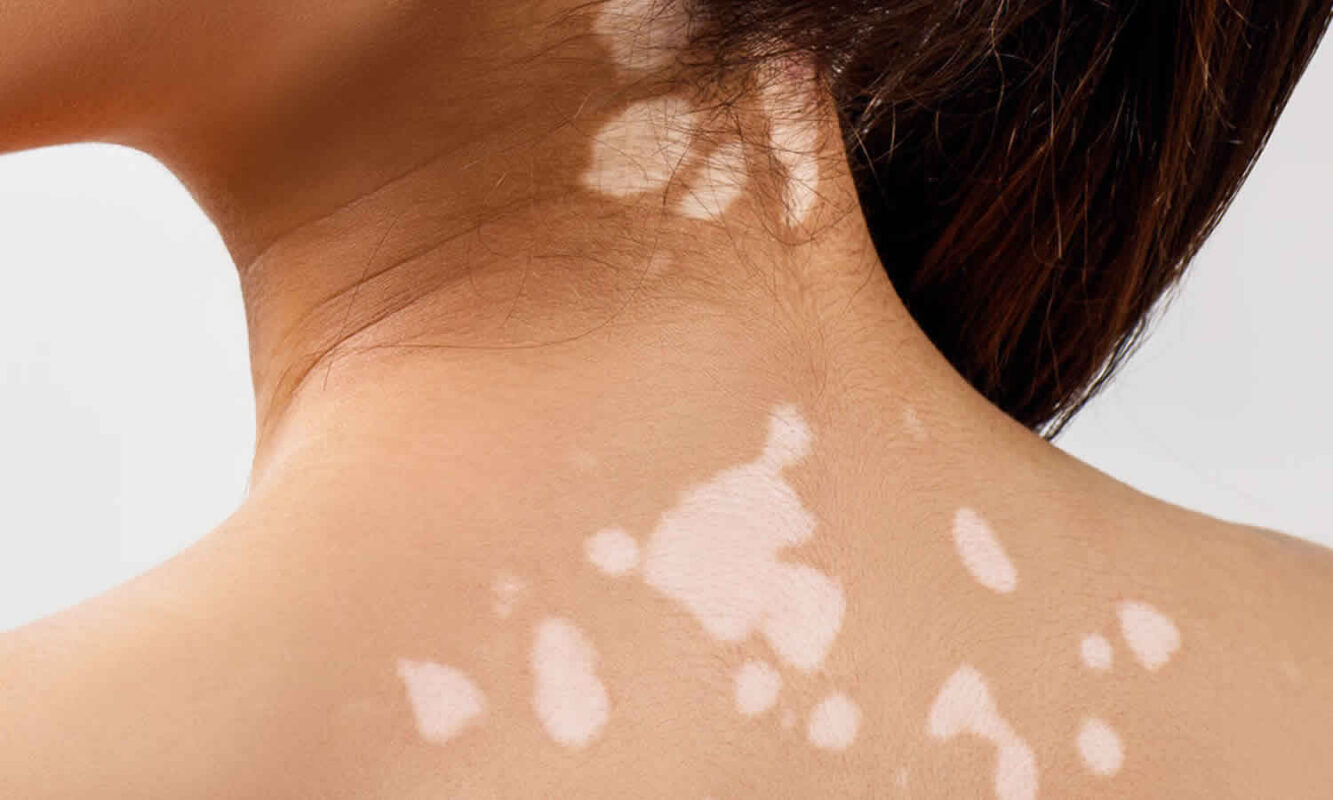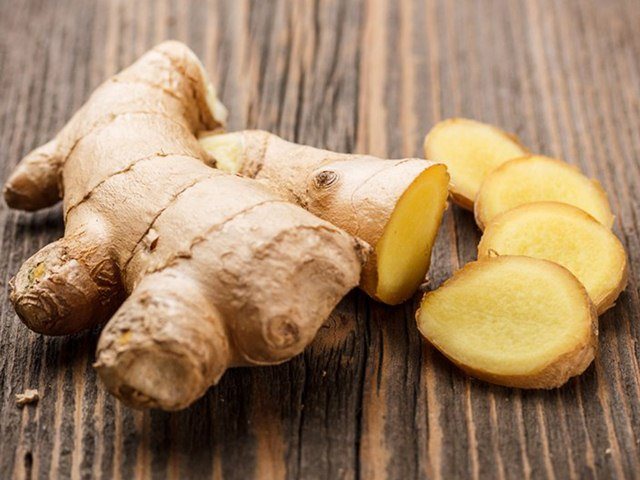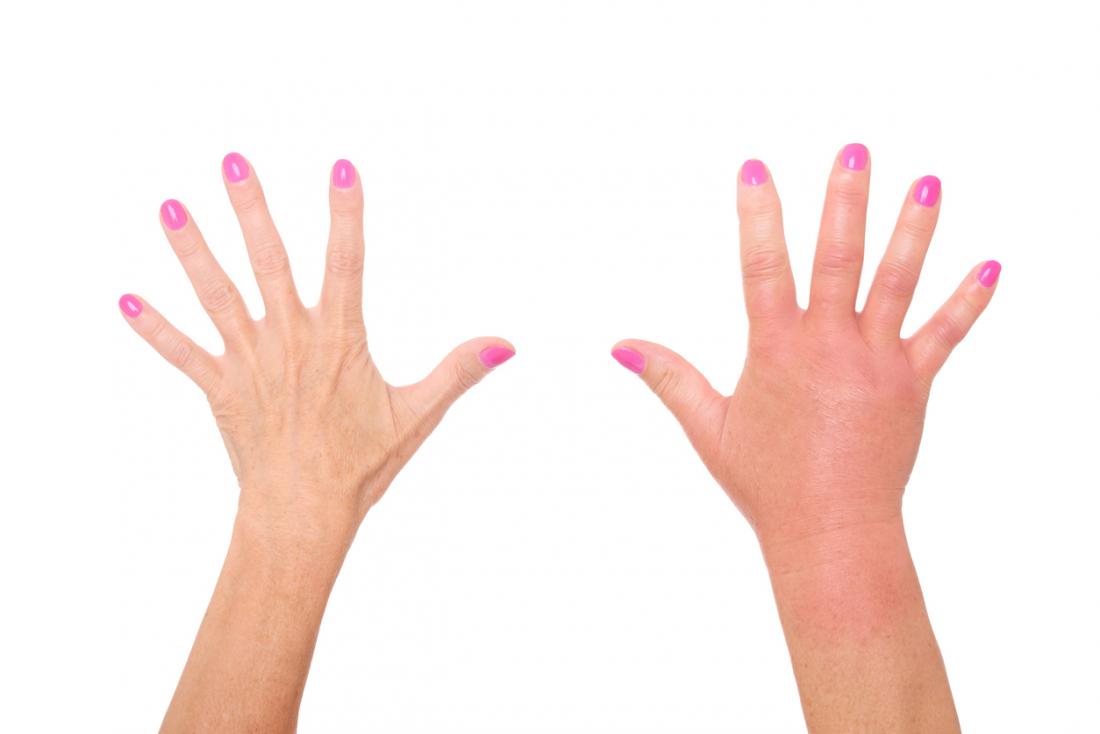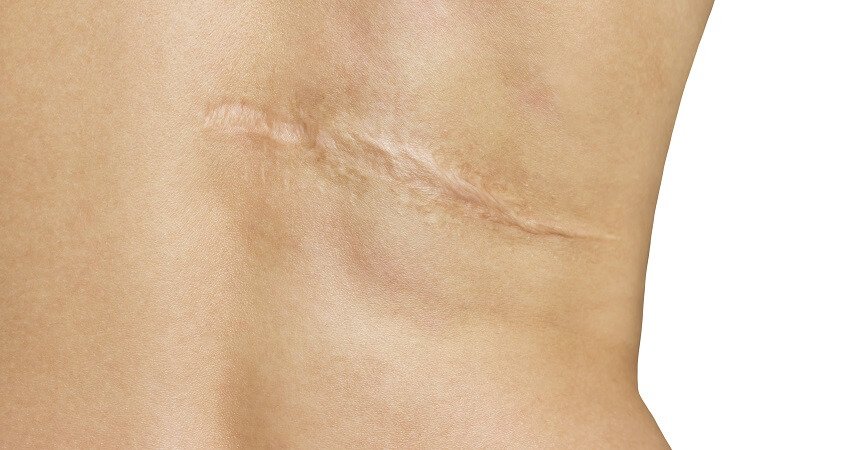To find effective treatments for skin conditions like vitiligo and hypopigmentation, traditional medicine often provides valuable insights. One such example is Babchi Bakuchi, or Psoralea Corylifolia, a plant that has been used for centuries in South Asia for its skin benefits. Recent scientific studies, including one by Kumar et al. (2022), have begun to uncover the mechanisms behind its effectiveness, particularly its role in increasing melanocytes in the skin.
Understanding Vitiligo and Hypopigmentation
Vitiligo is a skin condition characterized by the loss of melanocytes, the cells responsible for producing melanin, the pigment that gives skin its color.…



